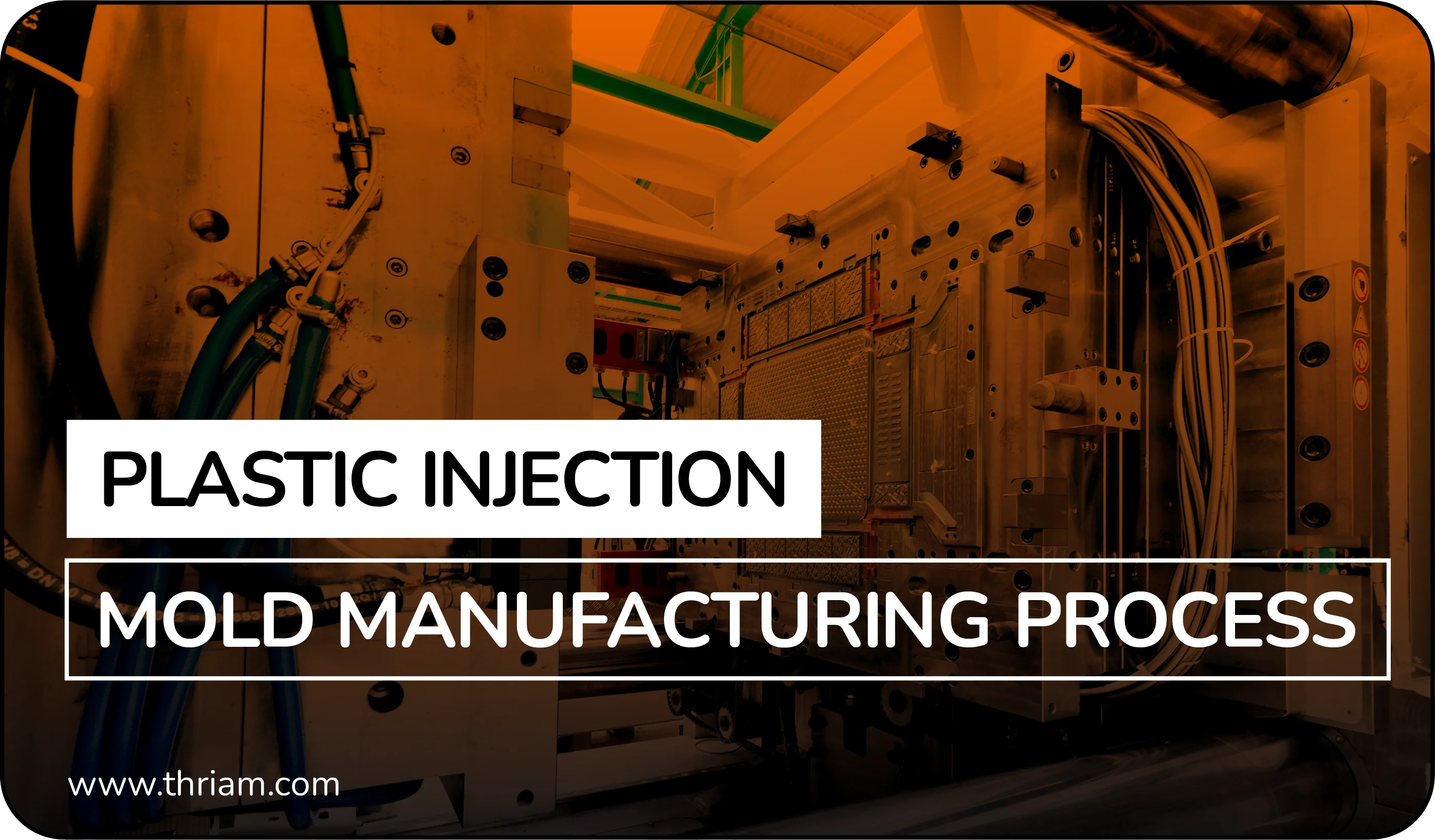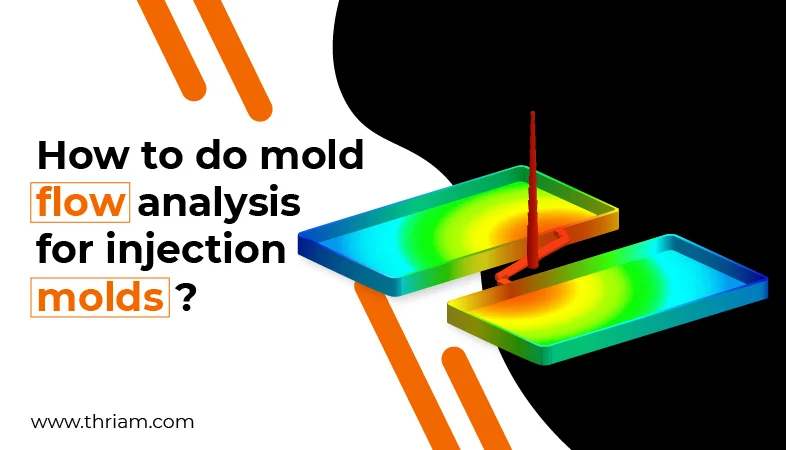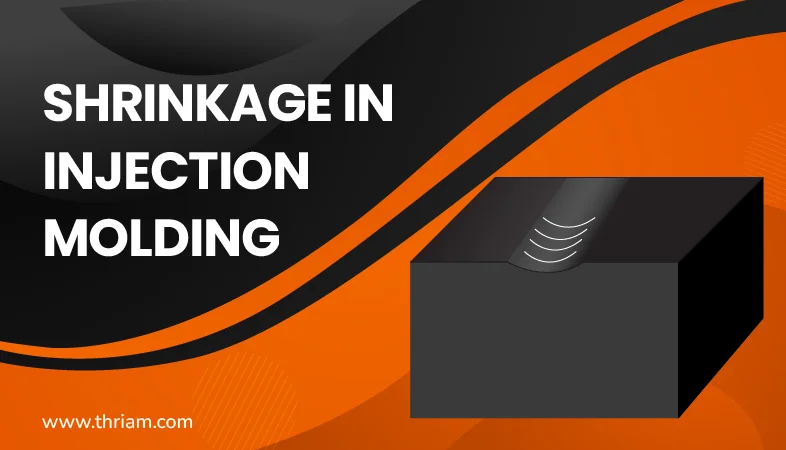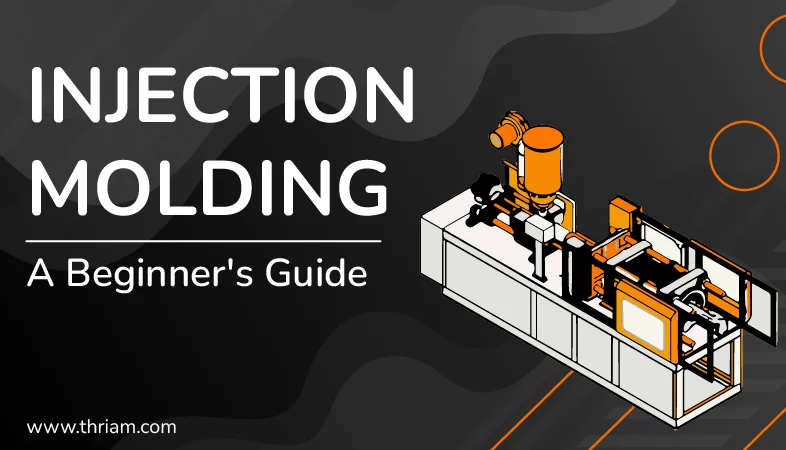Plastic Injection Mold Manufacturing Process

What is Plastic injection mold?
A plastic injection mold is a tool used in the plastic injection molding process to create large quantities of plastic parts. It is made by using CNC and EDM machines to create a mold cavity and core, which is then polished to ensure a smooth surface finish.
Plastic injection molds were first created in the 1860s and have since evolved to become more precise and efficient. Today, there are different types of molds, including hot runner molds, cold runner molds, and two-shot molds. Each type has unique features and benefits, such as reduced waste and increased production speed.
Plastic injection molds are used in various industries, including automotive, consumer goods, and medical devices. For example, automotive manufacturers use molds to create parts such as dashboards and door panels, while medical device manufacturers use molds to create parts such as syringes and surgical instruments.
Common misconceptions about plastic injection molds include their cost, durability, and environmental impact. While molds can be expensive to create, they are cost-effective in the long run due to their ability to produce high volumes of parts. Additionally, molds are durable and can last for thousands of cycles before needing to be replaced. As for their environmental impact, plastic injection molds can be made from recyclable materials and can produce parts that are also recyclable.
Introduction
Plastic injection mold manufacturing is the process of creating a mold or tool used for mass production of plastic parts. It is an important process in the manufacturing industry as it allows for efficient and cost-effective production of high-quality plastic parts.
Plastic injection molding is a manufacturing process used to produce large quantities of plastic parts. The process involves melting plastic pellets and injecting them into a mold cavity, where they cool and solidify to form the desired part. The design of the mold is a critical factor in the success of the injection molding process, as it can impact the quality, efficiency, and cost of production.
Design
The first step in plastic injection mold manufacturing is designing the mold. This is done using CAD (Computer-Aided Design) software, which allows for precise and detailed designs. Once the design is complete, a prototype is created to ensure that it meets the required specifications.
Considerations before Designing the Mold:
Before designing the mold, several factors should be considered, including:
- Material selection -The type of plastic material used will impact the design of the mold, as different materials have varying properties and behaviors during the molding process.
- Part design and geometry -The design and geometry of the part will impact the mold design, as it will determine the size, shape, and complexity of the mold.
- Production volume -The expected production volume will impact the design of the mold, as it will influence the choice of materials, complexity of the mold, and production time.
- Budget and timeline -The available budget and timeline will impact the design of the mold, as it will influence the choice of materials, complexity of the mold, and production time.
Key Design Elements:
Several key design elements should be considered when designing the mold, including:
- Gate design and location - The gate is the point where the plastic material enters the mold cavity. The gate design and location will impact the flow of the plastic material and can impact the quality and consistency of the final part.
- Runner and sprue design - The runner and sprue are channels that allow the plastic material to flow into the mold cavity. The design of the runner and sprue will impact the flow of the plastic material and can impact the quality and consistency of the final part.
- Cooling system design - The cooling system is used to cool the mold and the plastic material inside it. The design of the cooling system will impact the speed and quality of the cooling process, which can impact the quality and consistency of the final part.
- Ejection system design - The ejection system is used to remove the part from the mold cavity. The design of the ejection system will impact the ease and speed of the ejection process, which can impact the production time and quality of the final part.
Common Pitfalls to Avoid:
Several common pitfalls should be avoided when designing the mold, including:
- Warpage and shrinkage - Warpage and shrinkage can occur when the plastic material cools and solidifies unevenly, resulting in a distorted or misshapen part.
- Sink marks - Sink marks can occur when the plastic material cools and solidifies unevenly, resulting in a depression or indentation on the surface of the part.
- Flash - Flash can occur when excess plastic material escapes from the mold cavity, resulting in a thin layer of excess plastic material on the part.
- Parting line issues - Parting line issues can occur when the mold halves do not align properly, resulting in a visible line or mark on the surface of the part.
Best Practices for Mold Design:
Several best practices should be followed when designing the mold, including:
- Collaboration between mold designer and injection molding company - Collaboration between the mold designer and the injection molding company can help ensure that the mold is designed to meet the specific needs and requirements of the production process.
- Regular maintenance and upkeep of molds - Regular maintenance and upkeep of the mold can help ensure that it remains in good condition and produces high-quality parts.
- Quality control measures - Quality control measures, such as inspection and testing of the parts, can help ensure that the mold is producing parts that meet the required specifications and standards.
Materials and Equipment
The materials used for mold manufacturing include steel, aluminum, and various plastics. The equipment needed includes CNC machines, EDM (Electrical Discharge Machining) machines, and injection molding machines.
Mold Creation
The mold creation process involves using CNC machines to create the mold cavity and core. EDM machines are used to create the fine details and contours of the mold. Once the mold is created, it is polished to ensure a smooth surface finish.
Injection Molding
The injection molding process involves heating plastic pellets until they melt, and then injecting the melted plastic into the mold cavity. The plastic is then cooled and solidified, and the mold is opened to release the finished part.
Finishing and Inspection
After the part is released from the mold, it undergoes finishing processes such as trimming and polishing to remove any excess material. The part is then inspected for quality control to ensure that it meets the required specifications.
Conclusion
Plastic injection mold manufacturing is an important process in the plastic manufacturing industry. It allows for efficient and cost-effective production of high-quality and quantity plastic parts. By following the steps outlined above, manufacturers can create molds that produce parts that meet the required specifications.



